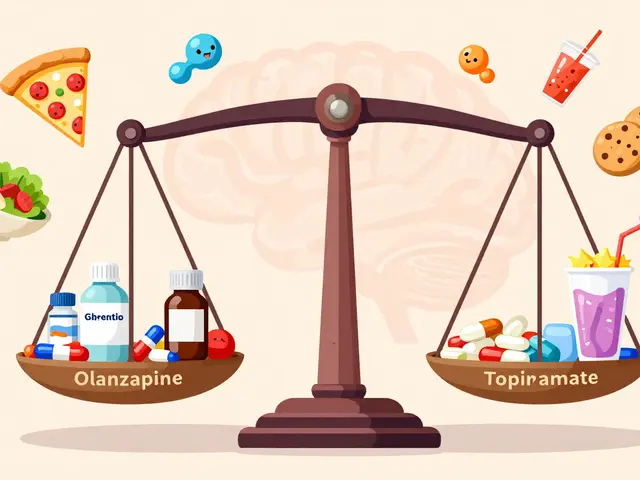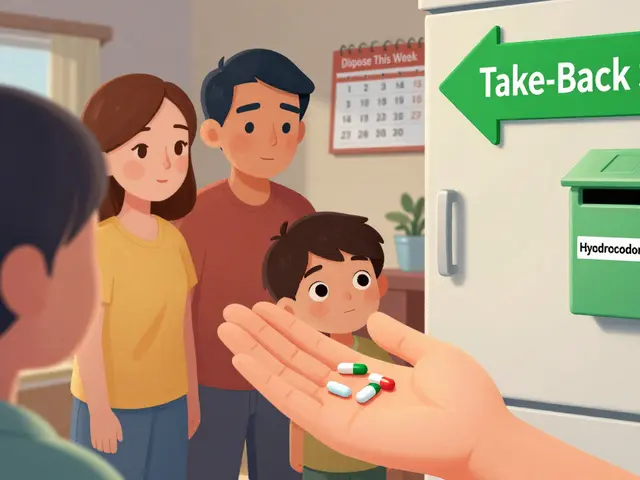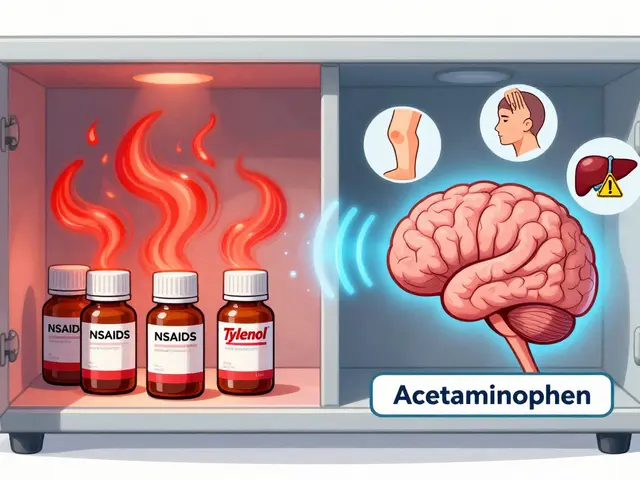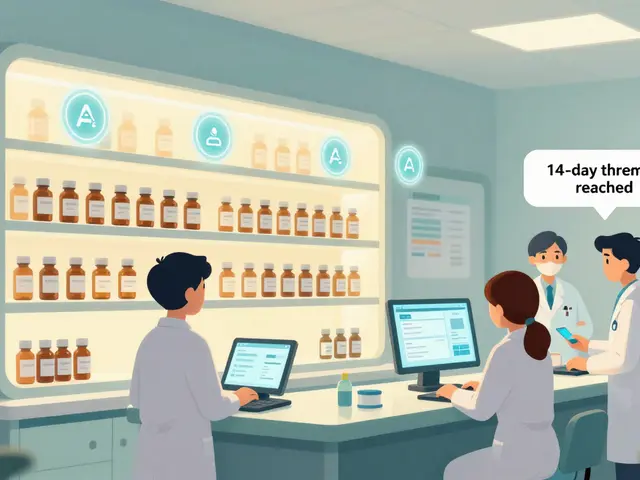Bone fractures: how to spot them and what to do
A broken bone (bone fracture) can happen to anyone — from a slip on wet pavement to a sports tackle or a bad fall at home. Knowing clear, practical steps for first aid, when to seek urgent care, and simple recovery habits makes a big difference in healing and avoiding setbacks.
How to recognize a fracture
Common signs: sudden, severe pain at the injury site, visible deformity, swelling, bruising, trouble moving the limb, and sometimes a cracking sound at the moment of injury. If you can’t put weight on a leg, try moving a finger or toe: if movement causes intense pain or numbness, treat it as a possible fracture.
Not all fractures are obvious. Hairline or stress fractures can start as mild pain that worsens with activity. If pain persists for days after an injury or you notice swelling and weakness, see a healthcare provider for an X-ray or scan.
First aid you can do right away
Stop activity and support the injured area. Use a cloth, towel, or jacket to splint the limb in the position you found it — don’t try to straighten a visibly bent bone. Apply ice wrapped in cloth for 15–20 minutes to reduce swelling, and keep the limb elevated if possible. Give over-the-counter pain relief like acetaminophen or ibuprofen if it’s safe for you.
Call emergency services if there’s heavy bleeding, exposed bone, loss of pulse below the injury, or severe deformity. For less severe cases, get to urgent care or your doctor for an X-ray the same day.
Treatment depends on the fracture type. Simple fractures often need a cast or brace to hold bones in place while they knit. Complex breaks, or those that don’t line up, may require surgery with plates, screws, or rods. Your doctor will explain the pros and cons and give a healing timeline.
Healing time varies: small bones like fingers can heal in 3–6 weeks; larger bones like the femur may take 3–6 months. Age, nutrition, smoking, and how well the bone was aligned all affect speed of recovery.
Do these to help bones heal faster: eat enough protein, get calcium and vitamin D through diet or supplements if recommended, avoid smoking, and follow weight-bearing advice from your doctor. Stick to the rehab plan — immobilization followed by controlled movement speeds recovery and cuts the chance of stiffness.
Physical therapy matters. It restores range of motion, strength, and balance. Simple home exercises — gentle range-of-motion moves, ankle pumps, and light resistance as advised — keep muscles from wasting and reduce long-term problems.
To lower your fracture risk: fix trip hazards at home, wear proper shoes, use protective gear in sports, and work on balance and strength as you age. If you have bone-weakening conditions, discuss testing and treatment with your doctor.
If you’re unsure about an injury, don’t wait. Quick assessment, proper first aid, and following medical and rehab advice give you the best shot at full recovery.

Osteoporosis and Bone Fractures: Reduce Risk, Strengthen Bones, Live Strong
Want to avoid surprise fractures as you age? This article uncovers the hard facts about osteoporosis, why your bones might be weaker than you think, and what you can actually do—today—to lower your risk for fractures. Packed with practical tips, simple lifestyle tweaks, and up-to-date research, you'll learn exactly how to keep your bones strong at every age. Expect clear advice, real prevention strategies, and straight talk about what actually helps.
view more




